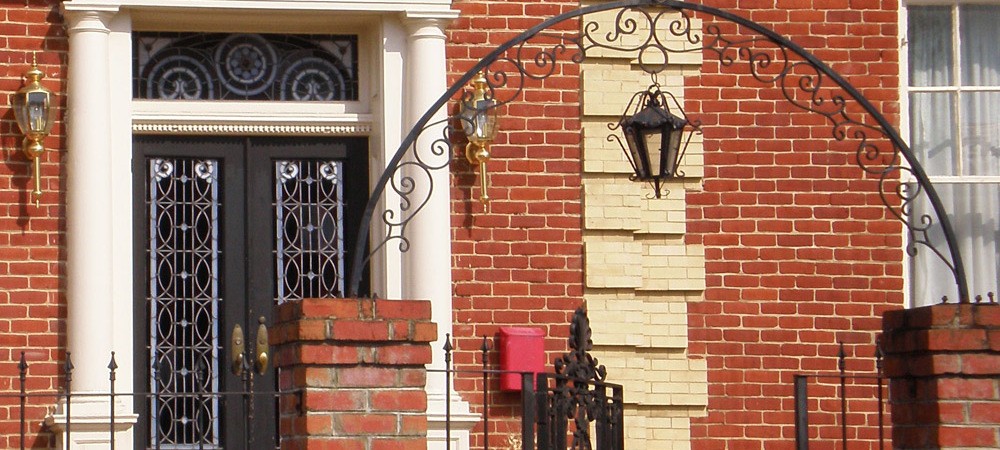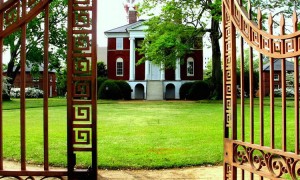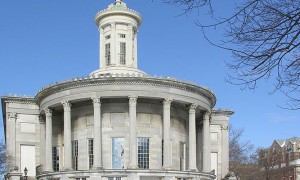Historic Homes: Dallas Edition
Learn about the various historic homes that can be found and visited in Dallas. Find out which historic neighborhoods contain hundreds of homes in the Tudor, Prairie, Queen Anne, and Craftsman architectural styles.
Historic homes are revered and admired in Dallas by real estate professionals, home owners, and tourists. Unlike other cities, Dallas doesn’t consider these houses to be solely relics of bygone eras. Instead, they’ve become a living, breathing part of the North Texas culture and pieces of shared history that can be regularly visited and supported by residents and fans of the city everywhere.
Munger Place Historic District
Initially designed as a haven for Dallas’ elite, Munger Place enjoyed the distinction as being a prestigious community for North Texas’ socialites and wealthy businessmen in the early 20th century. Each prospective house had to adhere to grand design plans, feature futuristic amenities, and meet cost minimums to ensure that the neighborhood would remain attractive to wealthy and distinguished residents. Today, Munger Place boasts the biggest assemblage of Prairie-style historic homes in the country, and the neighborhood has been officially inducted into the United States National Register of Historic Places. With over 250 homes to admire, this historic district’s station in North Texas is legendary.
Junius Heights Historic District
Developed by C. H. Munger, Junius Heights was established in 1906 and grew to become what is considered to be Dallas’ largest historic neighborhood. Counting over 800 historic homes among its residential ranks, it’s considered an essential landmark for Dallas history buffs and real estate enthusiasts. While the neighborhood contains an impressive array of Prairie and Tudor-style homes, its pièce de résistance is its collection of Craftsman homes, which is the most extensive in all of the Southwest.
Dallas Heritage Village
As a “living history museum,” Dallas Heritage Village allows visitors to step into a virtual, architectural time machine. Its enviable collection of Victorian and pioneer homes built between 1840 and 1910 testify to Dallas’ rich history of ambitious design. Several individual homes in the Village testify to the vision of even middle-class homeowners. The Blum House, built in 1900, stands as an imposing example of the Queen Anne style of architecture that was a common upper-class design choice in the late 19th and early 20th centuries. A great example of the neoclassical revival architecture can be found at the Sullivan House, which also features early plumbing and gas lighting fixtures.
Residential properties of lower-class people of yesteryear can also provide insight into past design preferences and historical usage. Created using logs, the Miller Log House was built in 1847 and eventually served as one of the first schoolhouses in Dallas County. Though a renovation changed a few elements of the Millermore House, it still bears its trademark Greek Revival architecture that many well-to-do pioneers favored in the mid 19th century. Humble houses in the Village include the dwelling of railroad workers and a Shotgun House, which was the home of working-class African-Americans.
Image Source: Flickr/Cayce
[cf]skyword_tracking_tag[/cf]




